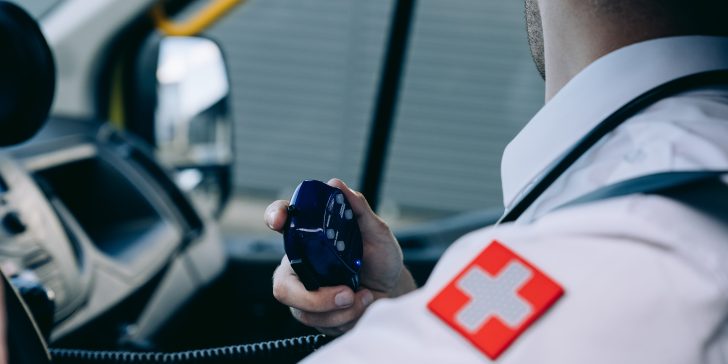
Digital communication technologies have revolutionized the world of amateur radio, providing new opportunities for hams to communicate with others over long distances. Three popular digital modes are D-Star, YSF, and DMR. In this post, we will compare these modes and highlight their similarities and differences.
D-Star
D-Star is an abbreviation of Digital Smart Technologies for Amateur Radio. Developed by the Japan Amateur Radio League (JARL), D-Star is a digital voice and data protocol that uses frequency-division multiple access (FDMA) to allow multiple users to share a single frequency. D-Star operates on either 2 meters, 70 cm or 23 cm amateur radio bands.
One of the unique features of D-Star is the ability to connect to reflectors, which are servers that allow hams to communicate with others worldwide. D-Star repeaters are installed in most countries around the world, with a large concentration in Japan and the United States. The reflector system enables users to connect to other repeaters, gateways or users from anywhere in the world, provided they are within range of a D-Star repeater.
Additionally, D-Star radios have built-in GPS receivers, which can transmit location data to other hams. D-Star also supports emergency communications with features such as a distress call button and an automatic location reporting system. These features make it popular among emergency responders, such as search and rescue teams.
YSF
YSF is an abbreviation of Yaesu System Fusion, developed by Yaesu, one of the leading manufacturers of amateur radio equipment. Like D-Star, YSF is a digital voice and data protocol that uses FDMA. One of the key features of YSF is its ability to support both digital and analog communications on the same frequency, making it backwards compatible with existing analog FM radios.
YSF also allows for connecting to rooms, which are servers similar to D-Star’s reflectors, but with a slightly different architecture. Rooms can be hosted by any YSF-capable radio or repeater, and users can connect to these rooms from anywhere in the world, provided they have access to a YSF-capable radio or hotspot.
YSF radios also have the ability to transmit location data, although it requires an external GPS receiver. YSF is an open standard, and many manufacturers support this mode, making it a popular choice among hams.
DMR
DMR stands for Digital Mobile Radio, and it is a digital voice and data protocol that uses time-division multiple access (TDMA) to allow two users to share a single frequency. DMR is widely used in commercial and public safety communications due to its ability to transmit multiple conversations simultaneously on the same frequency.
DMR supports both voice and data communications and offers features such as call alert, text messaging, and location tracking. DMR also has a network of repeaters and talk groups, which allow users to communicate with others worldwide. DMR radios typically do not have built-in GPS receivers, but some models support external GPS receivers.
One of the unique features of DMR is the ability to operate in two time slots on a single frequency. This allows for two separate conversations to take place simultaneously, doubling the capacity of the system. DMR radios also offer privacy options, including encryption, which can be important for commercial and public safety communications.
Comparison
All three modes are digital and offer advanced features not available in traditional analog modes. D-Star and YSF use FDMA, which allows multiple users to share a single frequency, while DMR uses TDMA, which allows two users to share a single frequency.
D-Star and YSF support connecting to reflectors or rooms, which enables users to communicate with others worldwide. DMR also supports a network of repeaters and talk groups, which provide users with access to a wide range of communication options.
In summary, each of these digital modes offers unique features and benefits for amateur radio operators. D-Star is widely used and has an extensive network of repeaters and reflectors, making it a popular choice for many hams. YSF offers backward compatibility with analog FM radios and is an open standard, making it easy for manufacturers to support. DMR is widely used in commercial and public safety communications due to its ability to transmit multiple conversations simultaneously.
Ultimately, the choice of digital mode will depend on your personal preference and the features you need for your specific use case. Regardless of which mode you choose, the important thing is to embrace the opportunities that digital communication technologies offer and enjoy the world of amateur radio.
